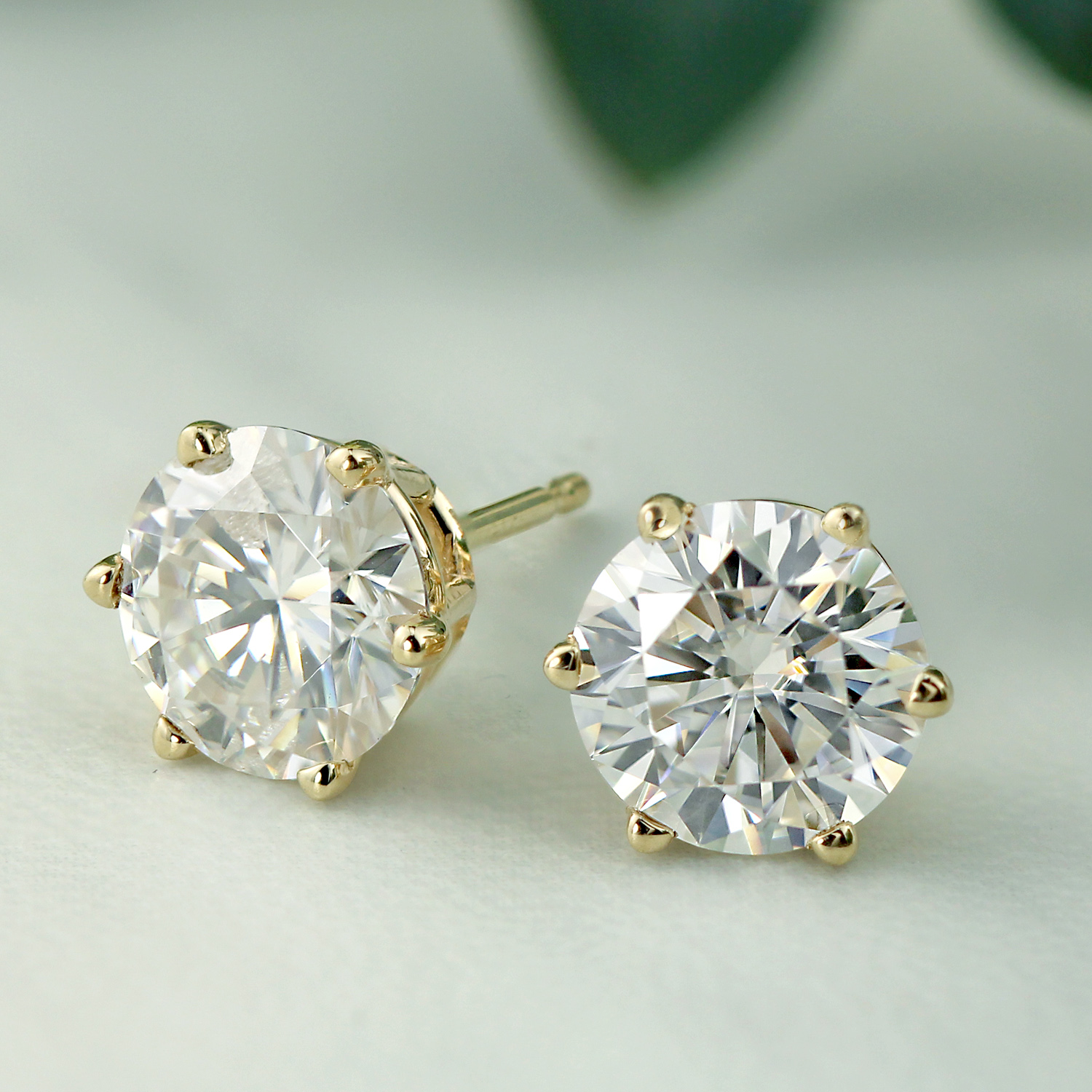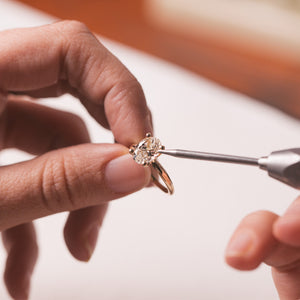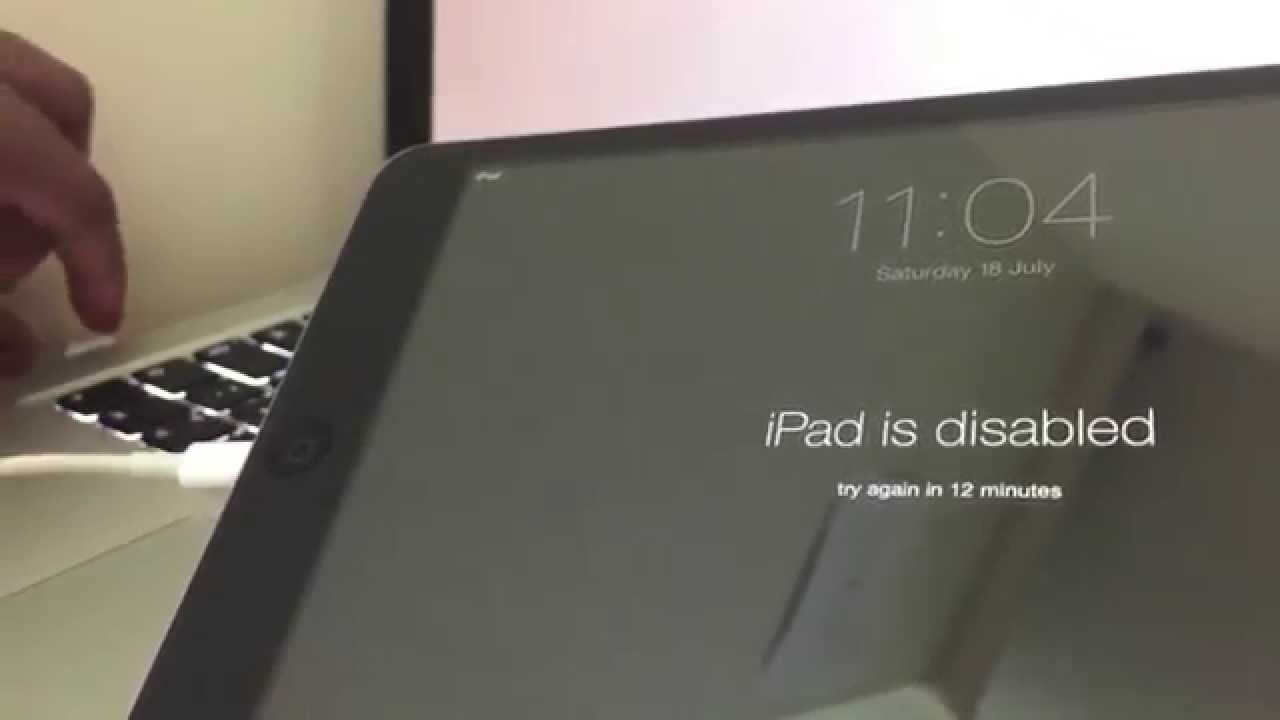To set a diamond in a ring, start by choosing a suitable setting, placing the diamond securely, and then tightening the prongs to ensure it stays in place. When it comes to setting a diamond in a ring, it is essential to follow a few key steps.
First, select a suitable setting for the diamond. Whether it’s a prong, bezel, or channel setting, ensure it complements the diamond’s shape and size. Carefully place the diamond in the chosen setting, making sure it is secure. Finally, using a jeweler’s tool, tighten the prongs or any other securing element to ensure the diamond remains firmly in place.
By following these steps, you can set a diamond in a ring beautifully and securely.
Choosing The Right Diamond
Choosing the right diamond for your ring is a crucial decision. Learn how to expertly set a diamond in a ring to enhance its brilliance and beauty. Master the art of selecting and setting diamonds for the perfect engagement or wedding ring.
When it comes to setting a diamond in a ring, choosing the right stone is of utmost importance. Not only does it determine the overall appearance and value of the ring, but it also reflects your personal style and taste. To ensure you make the best decision, follow these essential steps in selecting the right diamond.
Understanding The 4cs
Understanding the 4Cs of diamonds – Color, Clarity, Cut, and Carat weight – is vital in making an informed decision. Each of these factors contributes to the overall quality and beauty of the diamond.
The color grade, ranging from D (colorless) to Z (light yellow or brown), determines the diamond’s hue. Aim for a color grade between D and J for a truly dazzling appearance.
Clarity refers to the presence of any internal or external flaws or blemishes. The clarity scale ranges from Flawless (no inclusions or blemishes visible under 10x magnification) to Included (inclusions visible to the naked eye). Look for a diamond with a clarity grade of SI1 or higher to ensure it appears flawless to the naked eye.
The cut of a diamond determines how well it interacts with light, ultimately affecting its brilliance and sparkle. Opt for a diamond with an Excellent or Very Good cut grade for maximum radiance. The better the cut, the more striking the appearance of the diamond will be.
Carat weight, often considered synonymous with size, refers to the weight of the diamond. While the carat weight is a personal preference, it’s essential to find the right balance between size and quality.
Determining Your Budget
Setting a budget is a crucial step in the diamond selection process. Determine how much you are willing to spend on the diamond and stick within that range. Keep in mind that you should also allocate a portion of your budget for the ring setting and any additional customization you desire.
Consider factors such as the 4Cs and prioritize them based on your preference. If size is your priority, you may choose to compromise on other factors, such as color or clarity. Conversely, if you value quality over size, consider adjusting your budget accordingly.
Selecting The Shape And Cut
The shape and cut of a diamond contribute to its overall aesthetics, and selecting the right combination is crucial to achieve your desired look. Popular diamond shapes include round, princess, cushion, emerald, and oval, each offering its unique characteristics and appeal.
Consider factors such as your personal style, the wearer’s hand shape, and any specific design preferences you may have. It’s important to choose a shape and cut that not only enhances the diamond’s brilliance but also complements the ring setting and reflects your individuality.

Credit: www.diamondstuds.com
Preparing The Ring
In order to set a diamond in a ring successfully, there are a few important steps you need to follow. This process begins with preparing the ring to ensure that it is clean, free of any damage, and the correct size. Here, we will discuss three key aspects of preparing the ring: inspecting the setting, cleaning the ring, and sizing the ring.
Inspecting The Setting
Before setting the diamond, it is crucial to inspect the setting of the ring to ensure its structural integrity. This involves checking for any visible signs of wear and tear or loose prongs that may compromise the stone’s security. To do this, using a magnifying glass can help you get a closer look at the intricate details of the setting. By carefully examining the prongs, bezel, or other setting types, you can identify any issues that need to be addressed before proceeding with the next steps.
Cleaning The Ring
Ensuring that the ring is clean serves two purposes. First, it allows for better visual inspection to identify any imperfections. Second, a clean ring provides a clean surface for the diamond to be set securely. To clean the ring, start by soaking it in warm soapy water for a few minutes. Then, use a soft brush or cloth to gently scrub away dirt, oils, and debris that may have accumulated over time. Make sure to reach all the crevices and hard-to-reach areas. After thoroughly cleaning, rinse the ring under warm running water and pat it dry with a soft, lint-free cloth.
Sizing The Ring
Another crucial step in preparing the ring is ensuring that it is sized correctly to fit the intended wearer. This is particularly important when setting a diamond, as any resizing can potentially affect the integrity of the stone and its setting. To determine the correct ring size, consider using a ring sizer or consult with a professional jeweler who can measure the finger accurately. Remember, it is better to get the sizing right from the beginning than risk having to resize the ring later. Once you have confirmed the correct size, you are ready to move on to the next step of setting the diamond.
Setting The Diamond
Setting the diamond in a ring is an essential step in creating a beautiful piece of jewelry. The choice of setting plays a significant role in both the aesthetics and the security of the diamond. There are several setting options available, each with its own unique features and advantages. In this article, we will explore three popular settings: prong setting, bezel setting, and pavé setting.
Setting Options
When it comes to setting a diamond, there are various options to choose from, depending on your desired style and preference. The right setting not only enhances the diamond’s brilliance but also secures it firmly in place. Let’s take a closer look at three popular setting options:
Prong Setting
The prong setting is one of the most classic and widely used options. This setting features small metal claws, typically four or six, which hold the diamond securely in place while allowing maximum exposure to light. The prongs can be rounded or pointed, depending on the desired aesthetics and the shape of the diamond. This setting offers the advantage of showcasing the diamond’s brilliance and creating a more delicate and elegant look. It is particularly well-suited for solitaire diamond rings, as it draws attention to the center stone.
Bezel Setting
The bezel setting is known for its contemporary and sleek appearance. In this setting, a metal rim surrounds the entire circumference of the diamond, holding it securely in place. The bezel setting offers excellent protection for the diamond, as it completely encases the edges. This makes it a suitable choice for individuals with an active lifestyle. Additionally, the rim can be customized to match the style of the ring, whether it be a smooth and modern design or a more intricate and vintage look. This setting is versatile and works well with various diamond shapes.
Pavé Setting
The pavé setting is a popular choice for those seeking additional sparkle and glamour. In this setting, small diamonds are set closely together, creating a “paved” effect on the surface of the ring. The tiny diamonds are held in place by small prongs or beads, giving the illusion of a continuous diamond surface. The pavé setting adds a touch of brilliance and enhances the overall beauty of the ring. It is often used as an accent to complement a larger center diamond or as a design element on bands and halo settings.
Securing The Diamond
Learn the art of setting a diamond in a ring with our step-by-step guide. Discover the techniques and best practices to secure your precious gem for a lifetime of beauty and brilliance.
Centering The Diamond
Before securing a diamond in a ring, it is crucial to center it properly. This ensures that the diamond is perfectly aligned and balanced within the ring. To center the diamond, follow these steps:
- Place the ring on a clean, flat surface.
- Gently hold the diamond by its edges using tweezers or a soft, lint-free cloth.
- Align the diamond with the central opening or prong of the ring.
- Slowly lower the diamond into the opening, taking care to keep it centered.
- Once the diamond is in place, ensure that it sits flush with the ring and is centered horizontally and vertically.
Centering the diamond is essential for a symmetrical and visually appealing appearance.
Placing The Diamond
After centering the diamond, the next step is to place it securely in the ring. Follow these guidelines to properly position the diamond:
- Identify the prongs or setting claws that will secure the diamond.
- Position the diamond on top of the prongs or within the designated setting.
- Make sure the diamond rests securely on the prongs without wobbling or moving.
- Take note of the diamond’s orientation and ensure it is aligned according to your desired design.
Properly placing the diamond sets the foundation for securing it in place. Take your time to ensure accuracy and precision.
Securing The Prongs
Securing the prongs or setting claws is the final step in setting a diamond in a ring. This ensures that the diamond stays in place securely. Consider the following steps to secure the prongs:
- Using jewelry pliers, carefully bend the prongs towards the diamond, ensuring a tight grip.
- Work on each prong systematically, adjusting and tightening as needed.
- Inspect the diamond from different angles to ensure the prongs are evenly securing the stone.
- If necessary, seek professional assistance to ensure the prongs are correctly set, especially for delicate or valuable diamonds.
Securing the prongs safeguards the diamond from accidental dislodging and enhances its overall durability.
Final Touches
Learn how to set a diamond in a ring with these final touches. Discover step-by-step instructions and expert tips to create a stunning piece of jewelry.
Inspecting The Setting
Before completing the process of setting a diamond in a ring, it is crucial to inspect the setting meticulously. This step ensures that the diamond is secure and will remain firmly in its place for years to come.
Inspect the setting to check for any potential issues or flaws that may have occurred during the setting process. Look for any gaps or loose prongs that could jeopardize the stability of the diamond. It’s important to address these concerns before moving forward.
If you notice any imperfections or weaknesses in the setting, it’s best to consult with a professional jeweler to make the necessary adjustments. Remember, a well-inspected setting is the foundation for a stunning diamond ring.
Polishing And Finishing
Once the diamond is securely set in the ring, it’s time to focus on polishing and finishing the piece. This step gives the ring its final shine and enhances the overall beauty of the diamond.
Polishing involves carefully smoothing out any rough surfaces or edges on the ring to create a flawless appearance. Using special polishing tools, a jeweler will meticulously work on the ring, ensuring that it looks stunning from every angle.
The finishing touches, on the other hand, involve adding intricate details or embellishments to the ring. This includes engraving initials or dates, adding filigree designs, or even setting additional gemstones to enhance the overall aesthetics.
Both polishing and finishing require utmost precision and expertise to achieve the desired result. It’s essential to entrust these final steps to a skilled jeweler who knows how to bring out the full potential of the diamond ring.
Cleaning The Ring
After the setting has been inspected, polished, and finished, the last step is to ensure the ring is perfectly clean. This ensures that the diamond’s brilliance will shine through and the ring will continue to dazzle for years to come.
To clean the ring, start by gently wiping off any dust or dirt using a soft, lint-free cloth. Avoid using harsh chemicals or abrasive materials that could potentially damage the metal or the diamond.
If the ring requires a deeper clean, you can create a mild solution of warm water and gentle dish soap. Soak the ring for a few minutes, then use a soft brush to gently scrub away any stubborn dirt or grime. Rinse the ring thoroughly and pat it dry with a clean cloth.
Regular cleaning and maintenance will help ensure that your diamond ring remains stunning and sparkly. Consider getting it professionally cleaned and inspected by a jeweler every few months to address any potential issues early on.
:max_bytes(150000):strip_icc()/asscher-cut-engagement-rings-4797677_ashley_zhang_V2-41935ebb804b4f5087fc1afbfc904814.png)
Credit: www.brides.com

Credit: www.withclarity.com
Frequently Asked Questions For How To Set A Diamond In A Ring
How Do You Set A Diamond In A Ring?
Setting a diamond in a ring involves carefully placing the gemstone in a metal mounting. This can be done by a skilled jeweler. The diamond is secured in place by prongs or other types of settings, ensuring it remains secure and beautifully showcased in the ring.
What Is The Best Setting For A Diamond Ring?
The best setting for a diamond ring depends on personal preference and the desired look. Some popular settings include the classic prong setting, the sleek bezel setting, and the elegant halo setting. It’s important to choose a setting that enhances the beauty and security of the diamond while fitting your individual style.
How Do You Maintain A Diamond Ring’s Setting?
To maintain a diamond ring’s setting, it’s important to clean it regularly by gently brushing it with a soft toothbrush and mild soap. Avoid wearing the ring during activities that could cause damage, such as sports or manual labor. It’s also a good idea to have the setting checked by a jeweler periodically to ensure the diamond remains secure.
Conclusion
To wrap up, setting a diamond in a ring requires skill, precision, and attention to detail. By following the steps outlined in this guide, you can successfully create a stunning piece of jewelry that will withstand the test of time.
Remember to choose a reputable jeweler and invest in high-quality materials for the best results. Happy diamond setting!
- The Power of Mobile Accessibility And Real-Time Tracking for Trucking Operations - November 6, 2024
- Why Ease of Use is Crucial in Trucking Dispatch Software - September 22, 2024
- Better Communication With Dispatchers: How Trucking Dispatch Software Can Optimize Operations - September 7, 2024



